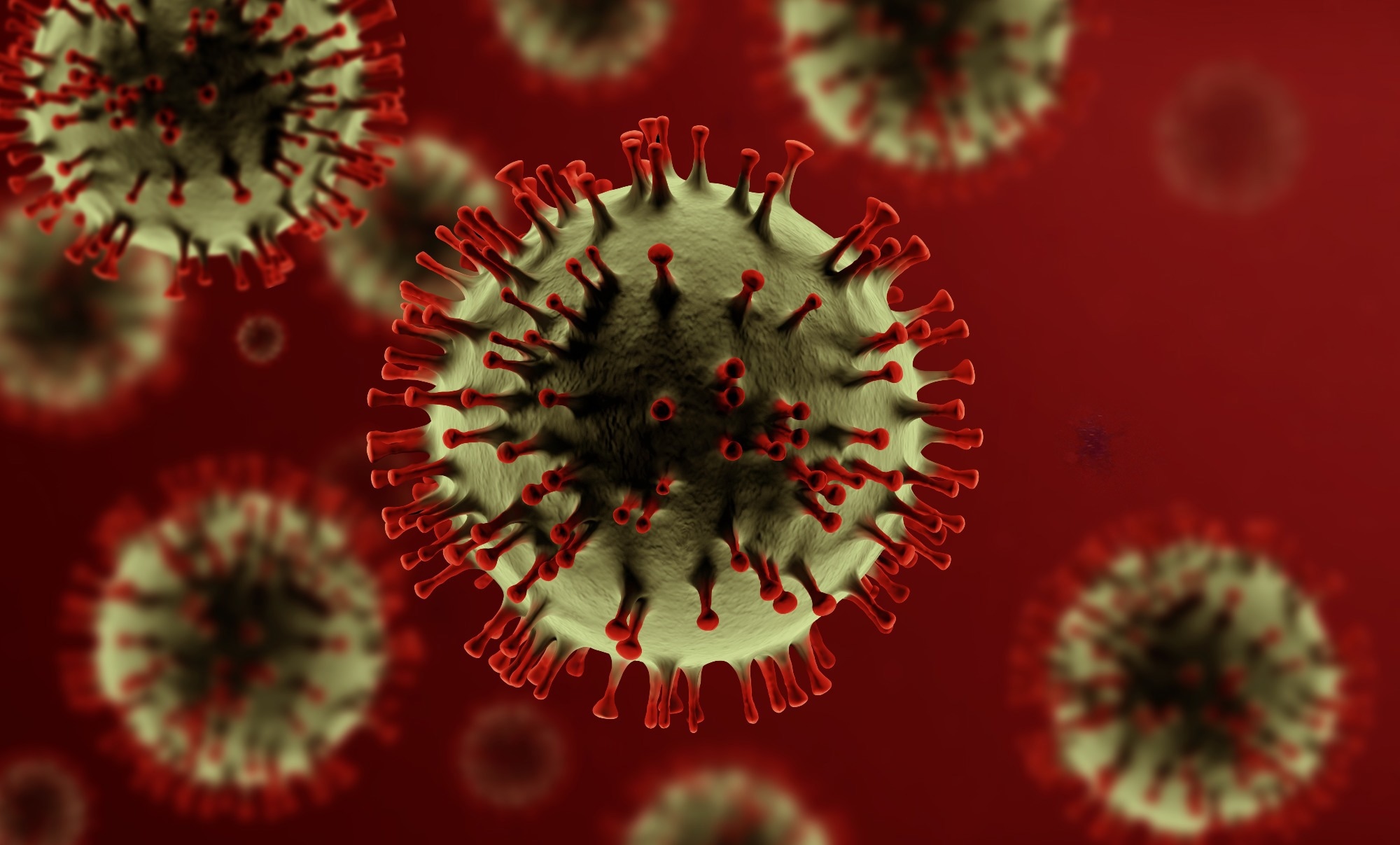MALAT1 suppression is a hallmark of tissue and peripheral proliferative T cells
In a recent study posted to the medRxiv* preprint server, researchers in the United Kingdom investigated lncRNA (long non-coding ribonucleic acids) expression in coronavirus disease 2019 (COVID-19) T lymphocyte transcriptomes.
Profiling lncRNA expression in immunological cells during the response to infection could provide insights into the main transcriptional and post-transcriptional pathways functional in health and illness. Transcriptomes of tissue and peripheral T lymphocytes during the response to infections, especially COVID-19, are well-characterized. However, data on the T lymphocyte lncRNA profiles are limited and require further investigation.
The authors of the present study previously showed that, among the cluster of differentiation 4+ (CD4+) T lymphocytes, MALAT1 (metastasis-associated lung adenocarcinoma transcript 1) gene suppression was characteristic of naïve CD4+ T lymphocyte (CD4_N) activation and that MALAT1-/- CD4+ T lymphocytes express the pro-inflammatory cytokine interleukin 10 (IL-10) in low amounts, in experimental malaria and leishmaniasis models.
 Study: Down-regulation of MALAT1 is a hallmark of tissue and peripheral proliferative T cells in COVID-19. Image Credit: Chameleon Pictures / Shutterstock
Study: Down-regulation of MALAT1 is a hallmark of tissue and peripheral proliferative T cells in COVID-19. Image Credit: Chameleon Pictures / Shutterstock
About the study
The researchers extended their previous analysis by examining previously published single-cell RNA sequencing (scRNA seq) datasets from bronchoalveolar lavage (BAL), post-mortem pulmonary cells, and peripheral blood samples of individuals with severe acute respiratory syndrome coronavirus 2 (SARS-CoV-2) infections.
T lymphocyte lncRNA profiles were explored from previously published scRNA-seq datasets (n=3) from SARS-CoV-2-positive individuals with lncRNAs detectable in pulmonary T lymphocytes during SARS-CoV-2 infection, emphasizing MALAT1. Gene signatures covarying with MALAT1 in T lymphocytes were identified based on gene set enrichment analysis. Post-mortem tissues of deceased COVID-19 patients from the UK-CIC (United Kingdom coronavirus immunology consortium, were subjected to RNAscope analysis, and UMAP (uniform manifold approximation and projection) analysis was performed.
Cell-type data were analyzed for fine-grained T lymphocyte phenotyping. To understand the effects of varying MALAT1 expression across fine-grained and coarse-grained T lymphocyte heterogeneity, the team assessed the correlation of MALAT1 expression with other genes for T lymphocyte subsets. Further, the team investigated whether the top 25 MALAT1-correlated genes and top 25 MALAT1-anti-correlated genes among CD4+ T lymphocytes and CD8+ T lymphocytes were expressed differentially in clusters previously identified or within imputed cellular subpopulations.
Results
The MALAT1 lncRNA showed the greatest transcription among T lymphocytes across all datasets, with type 1 T helper (Th1) lymphocytes showing the least and CD8+ resident memory lymphocytes the most significant MALAT1 expression, in CD4+ lymphocyte and CD8+ T lymphocyte populations, respectively. Significantly more transcripts showed a negative correlation with MALAT1 compared to those that showed positive correlations. MALAT1-anti-correlating…
Read More: MALAT1 suppression is a hallmark of tissue and peripheral proliferative T cells
